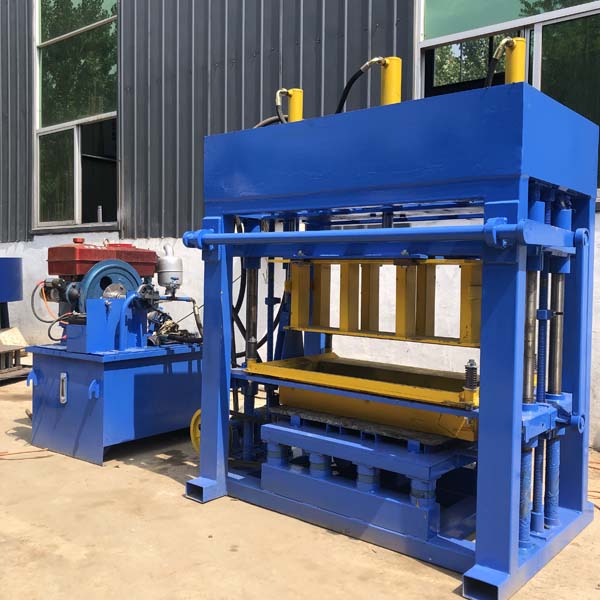
The production of bricks is a cornerstone of the construction industry, providing durable and versatile building materials.
Over the years, various brick-making technologies have been developed, with hydraulic brick presses standing out as a pivotal innovation.
Hydraulic brick presses utilize hydraulic power to exert high pressure on raw materials, resulting in precise and uniform bricks.
This essay explores the significance of hydraulic brick presses in achieving precision and power, the key features that set them apart, and their impact on the construction industry.
The Evolution of Hydraulic Brick Presses
The history of hydraulic brick presses can be traced back to the mid-19th century when Joseph Bramah invented the hydraulic press.
This groundbreaking invention revolutionized various industries, including brick manufacturing. Early hydraulic brick presses employed manual hydraulic power to compress raw materials into bricks, significantly enhancing production efficiency.
With further technological advancements, modern hydraulic brick presses evolved to utilize automated hydraulic systems.
These machines offer higher pressure capabilities and precise control over the brick-making process, making them indispensable in the construction industry.
Key Features of Hydraulic Brick Presses
Hydraulic brick presses are equipped with several key features that make them stand out in the brick-making process. Some of the prominent features are:
High Pressure Capability: Hydraulic brick presses generate substantial pressure, enabling the compaction of raw materials to produce dense and durable bricks.
This high pressure ensures uniformity in brick density and strength, contributing to the structural integrity of buildings.
Precision and Consistency: Modern hydraulic brick presses utilize advanced control systems to regulate pressure and movement during the pressing process.
This precision ensures consistent brick shapes and dimensions, reducing wastage and improving the overall quality of bricks.
Versatility in Raw Materials: Hydraulic brick presses can work with a wide range of raw materials, such as clay, concrete, fly ash, and cement.
This versatility allows brick manufacturers to adapt to regional availability of materials and explore sustainable options.
Energy Efficiency: Hydraulic brick presses are designed to be energy-efficient, optimizing power consumption during the pressing operation.
This feature not only reduces operational costs but also aligns with the construction industry’s focus on sustainability.
Impact on the Construction Industry
The adoption of hydraulic brick presses has had a transformative impact on the construction industry.
Firstly, the precision and consistency achieved through hydraulic pressing ensure higher quality bricks, essential for robust and long-lasting constructions.
Buildings constructed with precisely manufactured bricks exhibit uniformity and improved aesthetics.
Secondly, the versatility of hydraulic brick presses in accommodating different raw materials supports sustainable construction practices.
The use of locally available materials and the incorporation of recycled materials in brick production contribute to environmental conservation.
Moreover, the efficiency of hydraulic brick presses in generating high pressure and rapid production rates accelerates construction timelines.
Projects can be completed more quickly, reducing overall project costs and meeting the ever-growing demand for construction materials.
Challenges and Future Prospects
Despite the numerous benefits, the adoption of hydraulic brick presses is not without challenges.
The initial investment cost of these machines may be prohibitive for smaller brick manufacturers.
However, as the technology becomes more widespread and competition increases, costs are likely to become more manageable.
Looking ahead, the future prospects of hydraulic brick presses remain promising.
Advancements in automation and control systems are expected to further enhance precision and efficiency in brick manufacturing.
Additionally, ongoing research in materials science could lead to the development of even more sustainable and environmentally friendly brick formulations.
Hydraulic brick presses stand as a testament to the power of technology in transforming traditional industries like brick manufacturing.
Their combination of precision and power ensures the production of high-quality bricks with consistent shapes and dimensions.
The versatility in accommodating various raw materials supports sustainable construction practices, while the efficiency in generating high pressure accelerates construction timelines.
As the construction industry continues to evolve, hydraulic brick presses are likely to play an increasingly important role in meeting the demand for reliable and sustainable building materials.
By embracing these innovative technologies, the construction sector can continue to build durable and aesthetically pleasing structures, one precisely pressed brick at a time.
